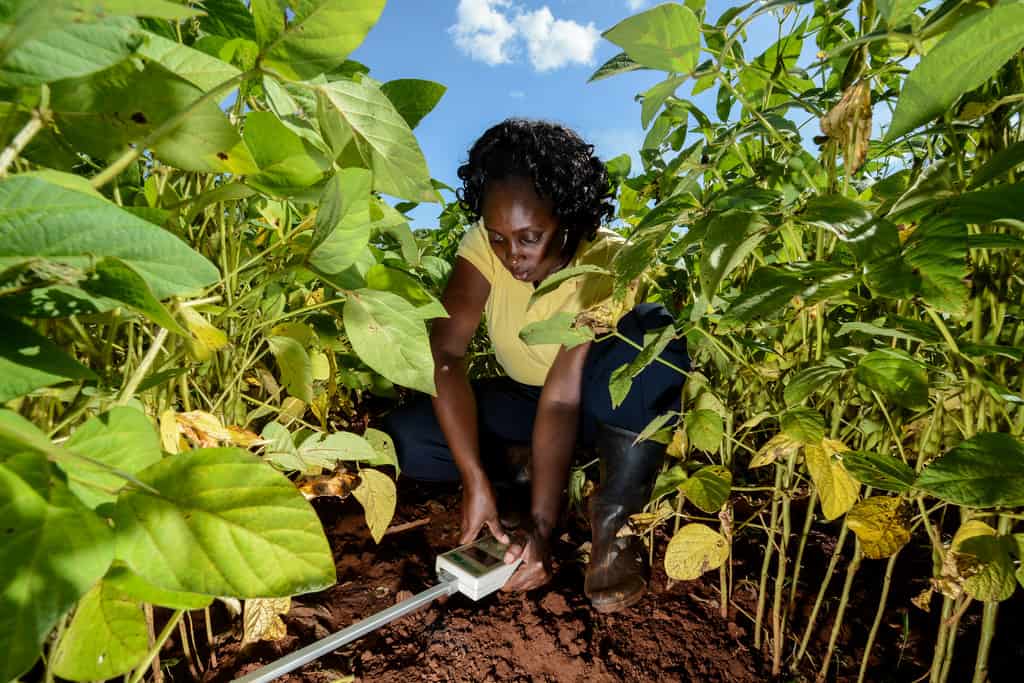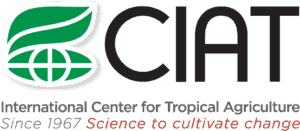
Inspire Challenge 2017 Proposal
Beyond – Smart IoT Solution for Plant Diagnosis
Farmers in developing countries need on-demand technical support for diagnosing their crops but for some of them, it is impossible to pay experts or to have them on premises when they need them. At the same time, it is very difficult for governments, control agencies, and NGOs to create and update maps that can show the overall state of crops and quality of the soils, and it is even harder for them to detect and track disease outbreaks in real time.
An idea to solve this
This innovation will develop a mobile application powered by artificial intelligence (AI) to recognize visual symptoms of known diseases, versus nutrient deficiencies, from images of rice and cassava crops taken with the integrated camera of a phone or tablet. This will provide in-situ, georeferenced, time-stamped, and real-time diagnosis to farmers with low literacy rates.
The application is intended as an Internet of Things (IoT) device behaving as a sensor in a distributed environment, allowing data aggregation and mapping of individual observations.
At the end of this pilot, we will deliver a high-quality open-source dataset of pest, diseases and nutrient deficiencies of rice and cassava, as well as the models for the trained classifiers, a mobile application working as a device on the Internet of Things, which uses cloud computing to achieve worldwide scalability, and a web application that collects, stores and visualizes data for the usage of farmers and phytosanitary control agencies (to monitor crops across time and space).
Why rice and cassava?
Rice is the staple food for about 4 billion people worldwide and for 70% of the world’s 900 million poor. The rice sector is a significant contributor to global food security. It represents 19% of global per capita caloric intake and 27% of the calorie intake in low- and middle-income countries. Similarly, cassava is the third most important food crop in the tropics, after rice and maize. It is fairly tolerant of drought and infertile soils, the crop is inherently eco-efficient, offering a reliable source of food and income.
Half a billion people in Africa eat cassava every day, and this high-starch root is also an important staple in Latin America and the Caribbean. In Asia, cassava serves as a source of food and livestock feed, while also providing the raw material for the manufacturing of pharmaceuticals, industrial starch, biofuels, and other products. FAO 2014 statistics show that rice and cassava production reached 741 and 268 million tons, respectively.
The predicted impact
We believe that using AI in mobile phones places expert knowledge closer to the farmer much faster and at a lower cost than traditional visits on premises, and at the same time, it enables new advising services from rural extension workers.
Additionally, it can scale much better because it uses non-specialized and commonly available hardware such as mobile phones and tablets with a built-in visible-spectrum camera and GPS.
We aim to develop a stand-alone application that is not constrained by cloud computing availability but which can be enhanced by it if an Internet connection is available, by uploading the resulting diagnosis and images of crops for permanent storage, higher-level analytics, and better georeferenced and temporal visualization reports and maps that can aid farmers, NGOs, control agencies, and governments.

Support this Proposal
The Platform for Big Data in Agriculture is all about the creating connections to build the capacity’s need to inspire real change in the agriculture sector.
The aim of the Inspire Challenge is to generate innovative ideas that will revolutionize the future of agriculture using big data tools. You can be a part of the revolution by supporting these initiatives and help secure food for the future.
Contact one of the team members below to ask how you can help realize this idea.
Team:
Dr. Jairo Alejandro Gómez | Email
Postdoctoral Researcher and Developer (CEA-IoT)
Eng. María Alejandra Culman | Email
Researcher (CEA-IoT)
Dr. Eugenio Tamura | Email
Associate Professor (CEA-IoT)
Dr. Michael Gómez Selvaraj | Email
Leader of the Phenomics Platform (CIAT)
Dr. Wilmer J. Cuellar | Email
Head of Virology (CIAT)
Dr. Leroy Mwanzia | Email
Head of the Data Management Team (CIAT)





